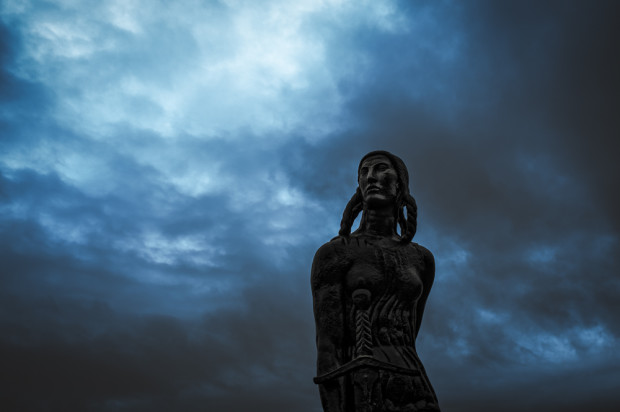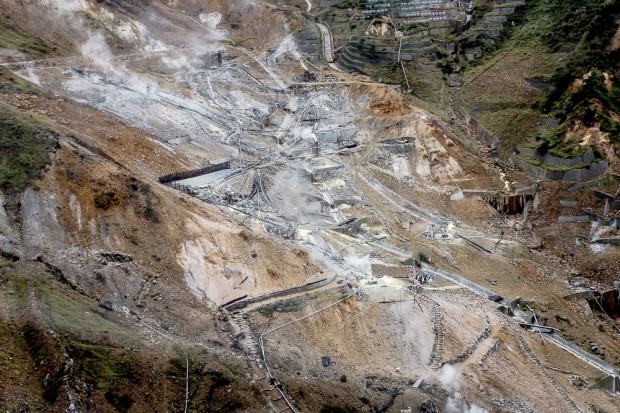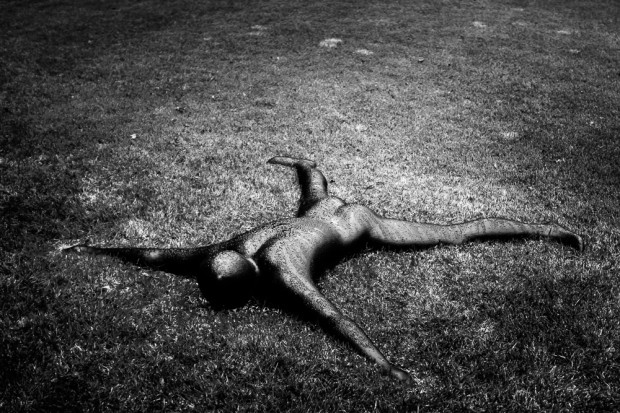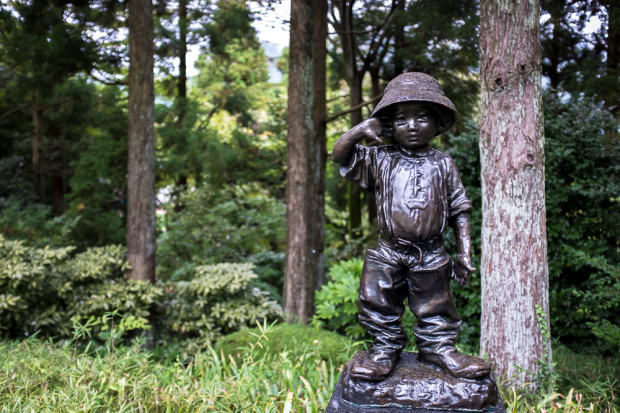Hakone With The FujiFilm X100s
Time for a confession right up front. I suck at writing camera reviews. When I’ve written camera reviews in the past I often get hit with the kinds of questions most regular camera reviews spend a lot of time answering; stuff like sharpness, lens distortion and every little detail lurking in the camera’s menus. But, […]

Time for a confession right up front. I suck at writing camera reviews. When I’ve written camera reviews in the past I often get hit with the kinds of questions most regular camera reviews spend a lot of time answering; stuff like sharpness, lens distortion and every little detail lurking in the camera’s menus.
But, to the be honest, the only thing that interests me is “can I make the kind of photographs I like, with this camera?”
Maybe it comes from a lifetime of playing music. When I pick up guitar, all the technical things, the quality of the hardware, the calibre of the wood, the setup and craftsmanship are apparent. But, the only thing that matters is whether the instrument makes you want to make music and the extent to which the guitar’s qualities suit the genre within which you play.
Or to put it another way, mojo is more important than specifications.

Out On The Road
So, having bought a FujiFilm X100s, unboxed it, and made a few test shots in my studio, I took the camera out on the road to Hakone, a picturesque hillside town, a few hours outside Tokyo. I was already somewhat familiar with the X100s menu system from using the X-Pro1, so it didn’t take long how to work the camera.
My goal was to see whether I could make the kind of photos I like and also enjoy the experience of using the camera. Part of my reason for buying the X100s was to have a very small, unobtrusive camera that I could carry while walking and cycling in Tokyo.
My only main frustration with the X100s was the battery ran out long before my enthusiasm for the camera did. In the space of about five or six frames I had stopped thinking about the camera and was just making images. The autofocus was nowhere near as fast as many reviews claim, but it was pretty crisp in good light and I only missed one photo opportunity because of the lens “searching” for focus.
I was deeply impressed with the dynamic range of this camera. The image at the top of this post was created from one exposure, which I duplicated and layered in Photoshop. That so much sky detail could be pulled out of what was essentially a high key original image really impressed me.

And, just like the X-Pro1, the X100s images look great when slightly desaturated and respond well to a whole host of Black and White processes.
My Thoughts
I’ve come to like the Fuji X system, which has now replaced my old DX Nikon system. I won’t be leaving Nikon just yet, as my love for the D800e as a portrait and landscape camera remains unshaken. But, for street and travel photos, the X100s and X-Pro1 is a great combination, from a company that is providing solid support to photographers though impressive firmware updates.
Some may ask why I opted to buy a new camera instead of adding the upcoming 23mm f1.4 lens to my X-Pro1. Well, that lens looks impressive (see this review from Matt Brandon), but the incremental cost from buying that lens to a whole new camera was not much and the X100s is significantly smaller than the X-Pro1 with the 23mm lens. Remember, I want a camera I can carry with me almost all the time while walking and cycling in Tokyo. The X100s is about as about as wide and fits easily to any of my non-camera shoulder bags.
Anyway, take a look at the images. If they move you in any way and you are looking for a small, good quality camera for creative photography, the X100s might be worth investigating.

Speaking Of Bags
At the same time as I bought the X100s I also picked up a ThinkTank Retrospective 5 camera bag. This is the smallest in ThinkTank’s range of “inconspicuous” camera bags and it’s a solid well made piece of kit. In fact, it can fit an X-Pro1, X100s, spare lens, iPhone and iPad Mini, which means I could realistically do a weekend away with this bag alone. And, kudos to ThinkTank for trying to make something that at least doesn’t look exactly like a typical (ugly) camera/computer bag.
As cool and solid as the bag is, there’s something that doesn’t do it for me. Maybe it was seeing three other photographers on the same day with bags from the Retrospective range. Maybe, it’s the limited choice of (deeply unfashionable) colours. I’m not sure. There are so many great smartphone, tablet and computer cases and covers out there, yet even the most daring of camera bags still look so generic. Are photographers really that conservative?
When I think about how much effort I put into my wardrobe (yes, I was brought up to believe in dressing well), it makes far more sense to try and buy a bag that really does look good, then customise it to become a camera bag, since so many camera bag makers seem fashion challenged. More on that soon.




